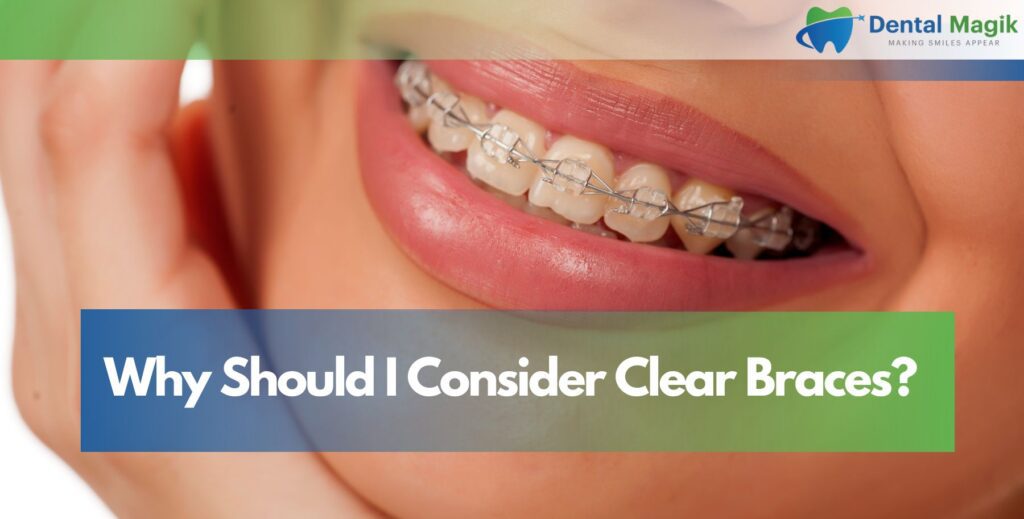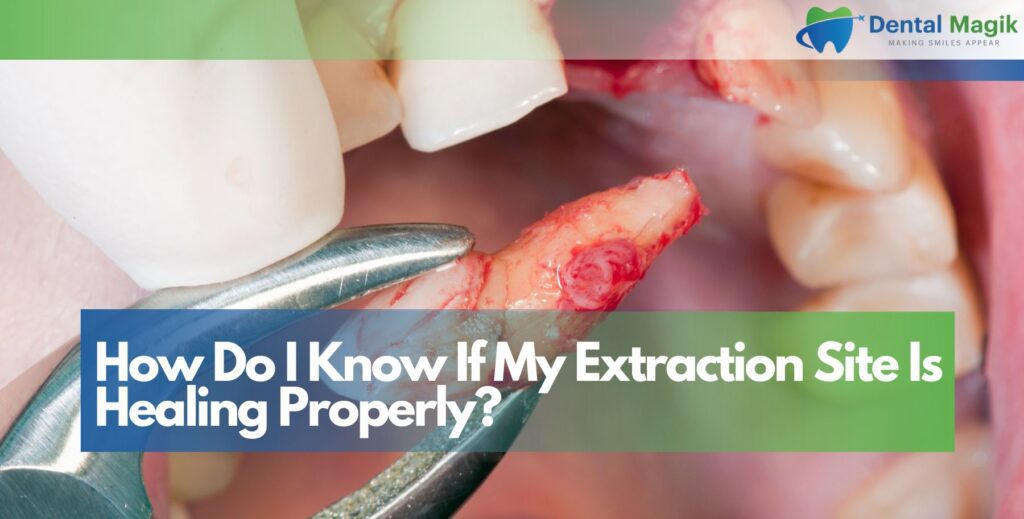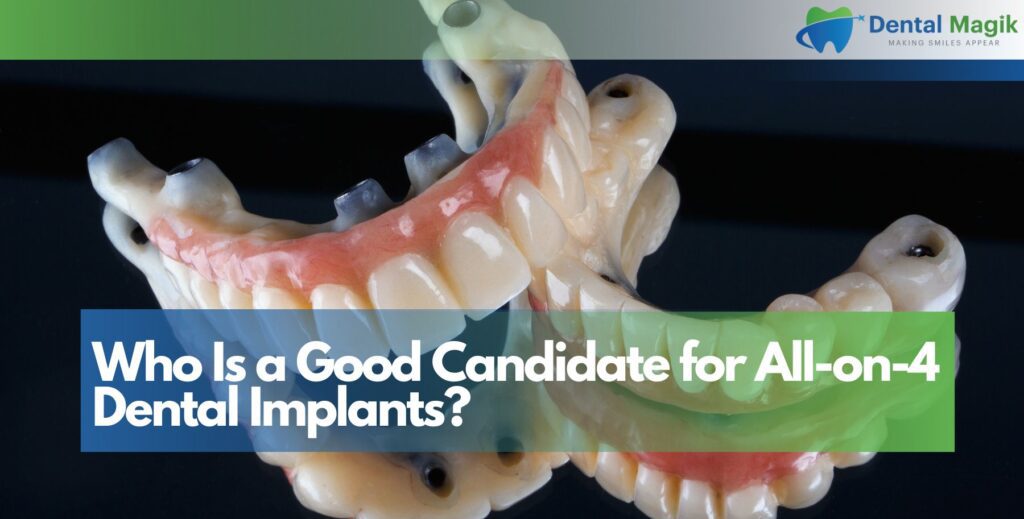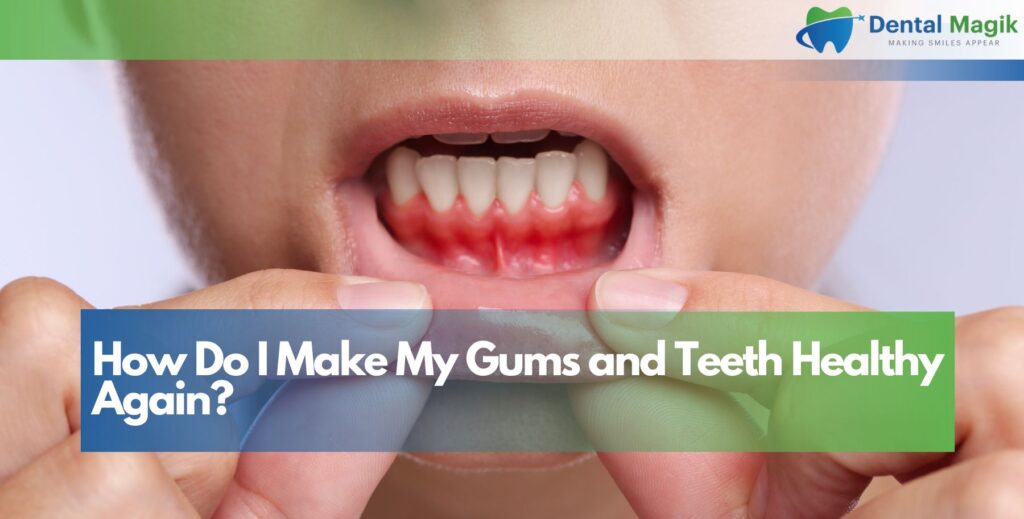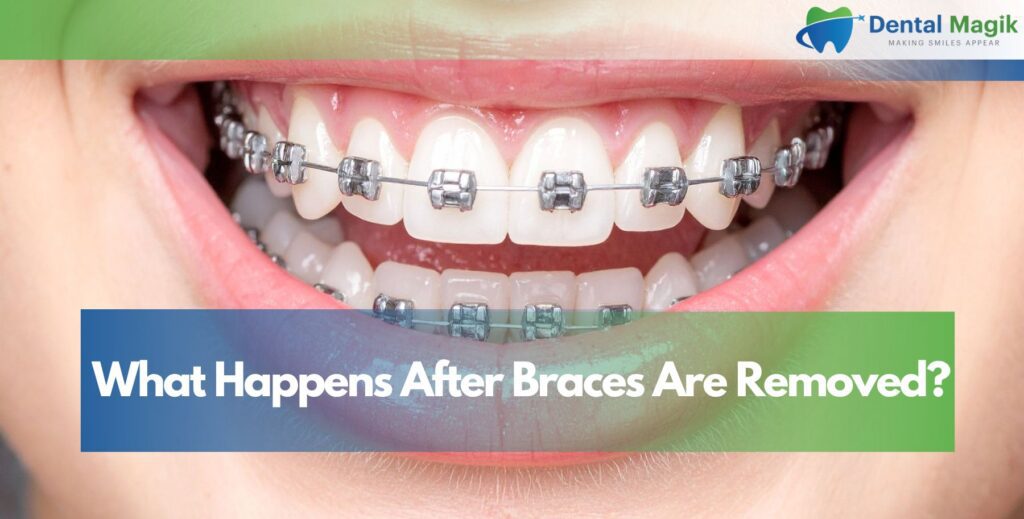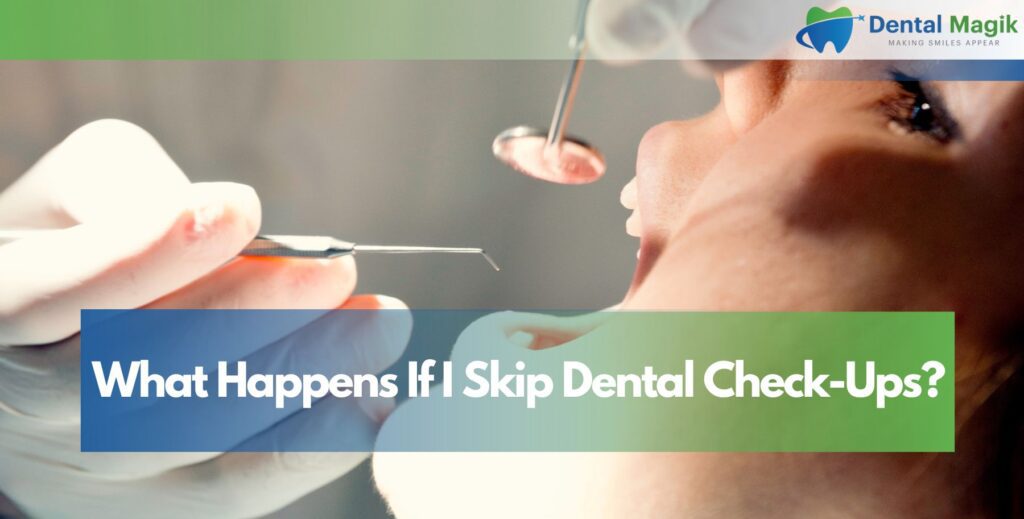A confident smile is one of the most powerful ways to make a lasting impression. But if your teeth are crooked, overcrowded, or misaligned, you may hesitate to show your smile. Thankfully, modern orthodontics has advanced beyond traditional metal braces, offering a discreet and comfortable solution: clear braces.
In this guide, we’ll explore why you should consider clear braces, how they work, their benefits, and why they’ve become one of the most popular choices for both teens and adults. By the end, you’ll know exactly how clear braces can transform not only your smile but also your confidence and overall oral health.
What Are Clear Braces?
Clear braces are orthodontic appliances designed to straighten teeth using transparent or tooth-colored materials. Unlike traditional braces that use noticeable metal brackets and wires, clear braces are far more discreet. They can either be ceramic braces (tooth-colored brackets bonded to your teeth) or clear aligners (removable plastic trays like Invisalign).
Why Clear Braces Are Popular Today
More and more patients choose clear braces because they combine effective orthodontic treatment with a subtle appearance. They’re especially popular among adults and professionals who want straighter teeth without the social stigma of metal braces.
Benefits of Clear Braces
Clear braces offer discreet treatment, blending with natural teeth or using transparent aligners. They effectively straighten teeth, improve oral health, and boost confidence without the visibility of metal braces. Comfortable and modern, they allow patients to maintain their lifestyle while achieving a healthier, more attractive smile during orthodontic treatment.
Discreet Appearance
One of the biggest advantages of clear braces is their near-invisible design. Whether you’re wearing ceramic braces or clear aligners, they are far less noticeable than metal braces, allowing you to smile confidently throughout treatment.
Comfortable to Wear
Clear aligners, in particular, are made from smooth plastic, reducing irritation to gums and cheeks. Even ceramic braces have smaller, smoother brackets compared to traditional metal braces, making them more comfortable.
Effective Results
Despite their subtle look, clear braces are highly effective in treating a wide range of orthodontic issues—overbites, underbites, spacing, crowding, and more. With consistent use, they deliver results comparable to traditional braces.
Easier Maintenance of Oral Hygiene
Clear aligners are removable, meaning you can brush and floss your teeth without difficulty. Even with ceramic braces, the tooth-colored brackets make it easier to feel confident when cleaning.
Boost in Confidence
For many patients, the discreet look of clear braces means they don’t feel self-conscious during treatment. This boost in confidence is one of the most immediate benefits.
Clear Braces vs. Traditional Braces
Compared to metal braces, clear braces are nearly invisible, offering a more aesthetic option. They provide similar results in correcting misaligned teeth but with added comfort. Clear aligners can be removed for eating, brushing, and special events, making them more flexible, while traditional braces remain fixed throughout treatment.
Aesthetic Comparison
- Clear braces: nearly invisible, blend with natural teeth.
- Traditional braces: metal brackets and wires are very visible.
Comfort and Lifestyle
- Clear aligners can be removed for eating and special occasions.
- Traditional braces are fixed and sometimes cause mouth irritation.
Treatment Effectiveness
Both types are effective, but clear braces often require more discipline since aligners must be worn for 20–22 hours per day.
Types of Clear Braces
There are several types of clear braces to choose from: ceramic braces with tooth-colored brackets, removable clear aligners like Invisalign, and lingual braces hidden behind teeth. Each option offers discreet treatment, with choices tailored to lifestyle, severity of misalignment, and budget, allowing patients to select the best solution.
Ceramic Braces
These braces use tooth-colored brackets and wires. They work just like traditional braces but are far less visible.
Clear Aligners (Invisalign and Similar Systems)
Clear aligners are custom-made plastic trays that gradually move teeth into place. They’re removable, convenient, and very popular among adults.
Lingual Braces
Though not technically “clear,” lingual braces are hidden behind the teeth, making them invisible from the front. They’re another discreet option for orthodontic treatment.
Who Is a Good Candidate for Clear Braces?
Clear braces are ideal for teens and adults with mild to moderate alignment issues who want discreet treatment. Patients must maintain good oral hygiene and follow instructions, especially with aligners. Those with severe orthodontic concerns may require alternative treatments. A dentist determines suitability based on individual dental health needs.
Ideal Candidates
- Teens and adults with mild to moderate misalignment
- Patients seeking a discreet treatment option
- Individuals willing to follow instructions (especially for aligners)
Who Might Not Be Suitable?
Severe orthodontic issues may require traditional braces or a combination of treatments. Your dentist will determine if clear braces are the best option.
The Clear Braces Treatment Process
Treatment begins with a consultation and digital impressions. For clear aligners, patients receive custom trays replaced every 1–2 weeks. For ceramic braces, tooth-colored brackets are placed and adjusted regularly. With consistent wear and follow-up visits, teeth gradually shift into place, creating a straighter, healthier smile over time.
Consultation and Evaluation
Your orthodontist will assess your teeth, bite, and jaw structure through exams, photos, and X-rays to decide the best treatment plan.
Custom Treatment Planning
For aligners, digital impressions are taken to design trays that gradually shift teeth. For ceramic braces, brackets and wires are customized to your smile.
Active Treatment
Aligners are swapped every 1–2 weeks, while braces are adjusted periodically. Both require consistent follow-ups with your dentist.
Retention Phase
After treatment, retainers are used to keep teeth in place and prevent relapse.
Clear Braces for Adults
Many adults want straighter teeth but hesitate to wear metal braces. Clear braces for adults are the perfect solution, offering discreet treatment without interrupting professional or social lives. Adults often find aligners particularly convenient since they can remove them for meetings, events, or meals.
Clear Braces for Teens
Teens also benefit from clear braces, especially aligners with compliance indicators to help them stay on track. Clear options provide confidence during high school years, avoiding the self-consciousness that comes with metal braces.
Cost of Clear Braces
The cost of clear braces varies by treatment type and complexity. Ceramic braces typically range from $3,500 to $8,000, while clear aligners like Invisalign cost between $3,000 and $7,500. Insurance may cover part of the cost. Many practices also offer flexible financing plans to make treatment affordable.
Factors Influencing Cost
- Type of clear braces (ceramic vs. aligners)
- Complexity of the case
- Treatment length
- Geographic location
Average Price Range
- Clear aligners (like Invisalign): $3,000–$7,500
- Ceramic braces: $3,500–$8,000
Insurance may cover part of the cost if braces are medically necessary.
Caring for Clear Braces
Proper care extends the life and effectiveness of clear braces. With aligners, remove them before meals, rinse daily, and clean with mild soap or solution. With ceramic braces, avoid staining foods and maintain excellent brushing and flossing. Regular dental visits are essential to keep both braces and teeth healthy.
With Ceramic Braces
- Avoid staining foods like coffee and red wine
- Brush and floss carefully around brackets
- Visit your dentist regularly for cleanings
With Clear Aligners
- Clean trays daily with mild soap and water
- Remove aligners before eating or drinking anything but water
- Store aligners properly to prevent damage
Lifestyle Advantages of Clear Braces
- Enjoy social and professional events with confidence
- Eat most foods without worry (aligners)
- Minimal disruptions to daily life
- Clear, modern solution for orthodontic treatment
Common Myths About Clear Braces
A common misconception is that clear braces are only cosmetic. In reality, they treat many orthodontic issues effectively. Others believe they’re fragile or only for young patients, but clear braces are durable and suitable for adults. With proper care, they offer the same reliable results as traditional braces.
Myth 1: They’re Only for Cosmetic Cases
Fact: Clear braces effectively treat many orthodontic problems, not just cosmetic ones.
Myth 2: They’re Not as Strong as Metal Braces
Fact: Both ceramic braces and aligners provide excellent results with proper care and compliance.
Myth 3: Only Young People Can Wear Them
Fact: Adults of all ages can benefit from clear braces.
Conclusion
If you’ve been considering straightening your teeth but dread the idea of noticeable metal braces, clear braces may be your perfect solution. They’re discreet, effective, comfortable, and designed for today’s lifestyles. Whether you choose ceramic braces or clear aligners, you’ll be investing in a treatment that enhances your smile and boosts your confidence.
For personalized guidance and treatment, consult an experienced Dentist in East Brunswick, NJ who can evaluate your needs and help you achieve the smile you’ve always wanted.
FAQs
How long does treatment with clear braces take?
Treatment usually takes 12–24 months, depending on the complexity of the case.
Are clear braces more expensive than traditional braces?
Yes, they are generally more expensive due to advanced materials and customization, but many patients find the aesthetic benefit worth the cost.
Can I eat and drink with clear aligners in?
No, aligners should be removed before eating or drinking anything besides water to avoid staining or damage.
Do clear braces stain easily?
Ceramic brackets can stain if exposed to coffee, tea, or smoking, but proper oral hygiene prevents most discoloration.
Are clear braces painful?
Like all orthodontic treatments, some discomfort is normal when adjustments or new aligners are fitted, but this subsides quickly.
Can clear braces treat all orthodontic cases?
They can treat most cases, but severe misalignments may still require traditional braces.

